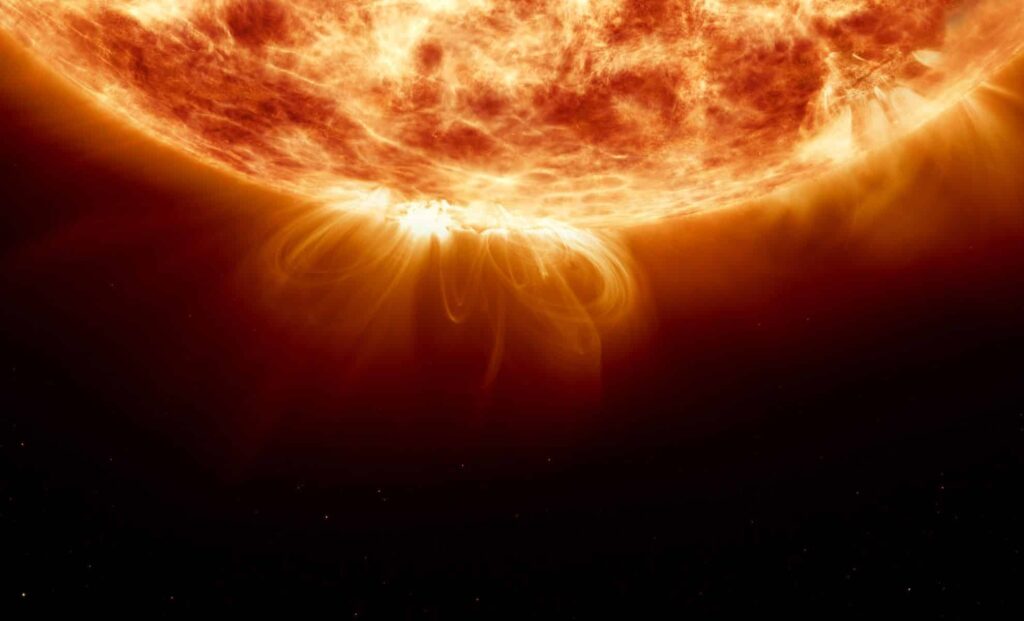QGP, a state of matter where quarks and gluons roam freely, is thought to have existed only microseconds after the Big Bang, marking a critical phase in the universe’s evolution. Studying the plasma’s temperature has been an elusive challenge for decades.
The team at Rice University overcame this hurdle by observing the thermal emissions of electron-positron pairs, using them as an unprecedented thermometer to measure the heat produced during high-energy collisions at the Relativistic Heavy Ion Collider (RHIC). Their findings, published in Nature Communications, reveal new insights into the birth of the universe.
Peering into the Heart of Quark-Gluon Plasma
Until recently, obtaining accurate temperature measurements from QGP was impossible due to its extreme nature. The plasma’s high temperatures, reaching several trillion Kelvin, meant that traditional measuring techniques couldn’t survive the hostile environment. According to the team, the breakthrough came when they studied thermal electron-positron pairs, which are produced during the high-speed collisions at RHIC.
Unlike other particles, these pairs pass through the plasma largely undisturbed, carrying unaltered information about the plasma’s temperature. This allowed the researchers to “reconstruct” the plasma’s heat levels at various stages of its evolution.
The team’s method of isolating low-momentum lepton pairs while minimizing background noise was key to obtaining reliable results. By observing the energy distribution of these pairs, the physicists were able to measure the QGP’s temperature with unprecedented precision, marking a significant advancement in particle physics.

Tracking Two Distinct Phases of the Plasma’s Evolution
The results from the study uncovered two clear temperature phases during the QGP’s evolution. In its early stages, when the plasma was most energetic, temperatures soared to approximately 3.25 trillion Kelvin. This hot phase is believed to represent the plasma’s initial moments after its creation. Later, as the plasma began to cool, the average temperature dropped to about 2.01 trillion Kelvin. These findings are consistent with predictions and provide critical data for the QGP’s “thermodynamic fingerprint,” as described in the study, lead by researcher Frank Geurts from Rice University.
This split into distinct temperature ranges highlights a crucial insight: low-mass electron-positron pairs form later in the plasma’s life cycle, during its cooling period, while high-mass pairs are produced during its hotter, earlier stages. According to Geurts, these temperature measurements are the first direct experimental evidence of the plasma’s cooling process, offering scientists a clearer timeline of the early universe’s evolution.


Charting the Origins of the Cosmos with Precision
The ability to precisely measure QGP temperatures is more than just an academic achievement. It provides crucial data needed to map out the QCD (Quantum Chromodynamics) phase diagram, which describes the behavior of matter under extreme heat and density. These extreme conditions are not only reflective of the early moments of the universe but are also present in phenomena like neutron stars. By mapping this diagram, scientists are now able to better understand how matter behaves in these extreme environments.
Geurts points out that this breakthrough paves the way for refining models of QGP lifetimes and transport properties, shedding light on the processes that took place in the very first moments of the universe. With this new data, researchers can now delve deeper into the mysteries of the universe’s birth, offering a fresh perspective on how the cosmos came to be.

